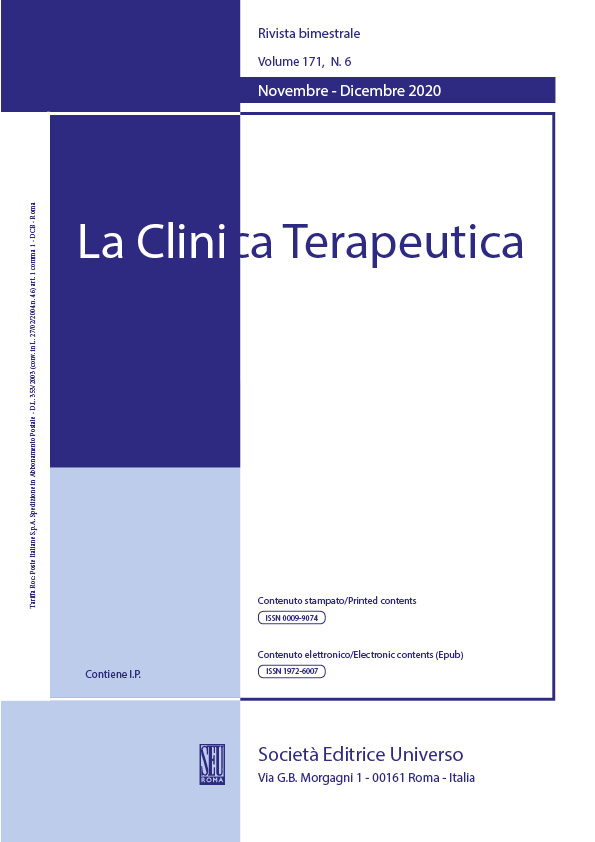Abstract
Purpose Primary central nervous system vasculitis (PCNSV) is a rare inflammatory disease affecting the central nervous system. In some cases, it presents with large, solitary lesion with extensive mass effect that mimic intracranial neoplasms. This condition results in a diagnostic confusion for neuroradiologists because the differentiation is almost impossible on conventional MRI sequences. The aim of this study is to reveal the significance of dynamic susceptibility contrast (DSC) perfusion-weighted imaging in differentiating of tumefactive PCNSV (t-PCNSV) lesions from intracranial neoplasms such as glioblastomas and metastasis.
Methods In this retrospective study, DSC of 8 patients with biopsy-proven t-PCNSV has been compared with DSC obtained in 10 patients with glioblastoma, 10 patients with metastasis, who underwent surgery and histopathological confirmation. The ratio of relative cerebral blood volume (rrCBV) was calculated by rCBV (lesion) / rCBV (controlateral normal-appearing white matter) in the gadolinium-enhancing solid areas.
Results: The mean rrCBV was 0.86±0.7 (range: 0.76-0.98) in the patients with t-PCNSV, 5,16±0.79 in patients with glioblastoma (range: 3.9-6.3), and 4.27±0.73 (range: 2.8-5.3) in patients with metastases.
Conclusion DSC-PWI seems to be useful in the diagnostic work-up of t-PCSNVs. A low rrCBV, i.e. a rCBV similar or lower to that of the contralateral normal white matter, seems to be consistent with the possibility of t-PCSNV.
